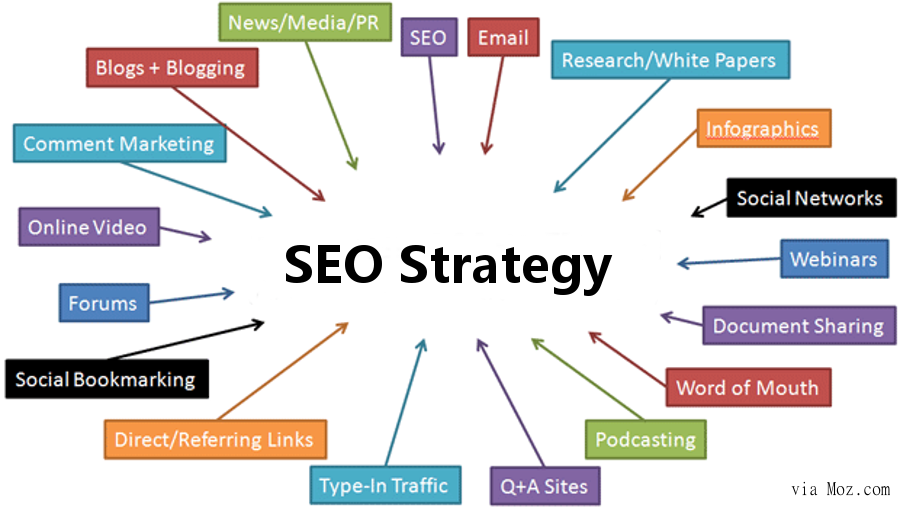Understanding What Is Not Considered a Default Medium in Google Analytics: Insights
Understanding What Is Not Considered a Default Medium in Google Analytics: Insights
Blog Article
Introducing the Unconventional Mediums in Google Analytics Beyond Default Settings
In the realm of digital analytics, Google Analytics stands as a cornerstone for companies looking for to recognize their on the internet visibility. By venturing past the surface area and diving into the ins and outs of social media data, email project efficiency, recommendation website traffic resources, direct web traffic patterns, and custom channel groupings, a treasure trove of details waits for those willing to accept an extra nuanced approach.

Leveraging Social Network Insights
Periodically neglected, yet profoundly beneficial, is the practice of leveraging social networks insights within the realm of Google Analytics. By integrating information from platforms like Facebook, Twitter, Instagram, and LinkedIn into Google Analytics, businesses can get a deeper understanding of their audience and the performance of their social media sites campaigns.
Via this integration, marketing professionals can track and analyze customer actions on their web site that originates from social networks systems. They can recognize which social media channels are driving one of the most traffic, which web content is reverberating with the audience, and which campaigns are converting the most leads. This understanding permits data-driven decisions to optimize social networks approaches and boost overall marketing performance.
Moreover, by integrating social media sites insights with Google Analytics, organizations can produce much more targeted and customized projects - what is not considered a default medium in google analytics. They can use demographic information, rate of interests, and on-line actions collected from social media to refine their audience division and supply customized messages that reverberate with details consumer teams. This targeted approach can bring about greater engagement, enhanced conversions, and ultimately, improved roi
Uncovering Email Project Efficiency
Revealing Email Project Performance involves analyzing key metrics and efficiency indications to examine the efficiency of email marketing initiatives. When diving into email project efficiency, it is crucial to analyze metrics such as open prices, click-through rates, conversion rates, and unsubscribe prices. Open rates show the portion of recipients who opened up the e-mail, providing understanding right into the effectiveness of subject lines and sender names. Click-through prices determine the percentage of receivers that clicked on web links within the e-mail, showing involvement degrees. Conversion rates track the percent of recipients that finished a desired activity after clicking on a web link in the email, such as buying or authorizing up for an e-newsletter. Unsubscribe prices highlight the number of recipients that opted out of obtaining further e-mails, shedding light on email material high quality and importance. By evaluating these metrics, online marketers can adjust their email projects for far better interaction and efficiency.
Analyzing Recommendation Website Traffic Sources
After assessing the performance of e-mail projects via key metrics such as open rates and conversion rates, the next critical step is assessing recommendation website traffic resources in Google Analytics to comprehend where website visitors are coming from and exactly how they communicate with the site. Recommendation web traffic sources refer to the web sites that guide customers to your website with clickable web links. By diving right into this data, businesses can acquire understandings right into which exterior systems are driving website traffic to their website, whether it be social media sites systems, companion web sites, or on-line directory sites.
Assessing reference website traffic can give beneficial info on the efficiency of outside advertising efforts and collaborations. It aids organizations recognize high-performing reference sources that contribute considerably to website web traffic and conversions. see post In addition, by comprehending the habits of visitors originating from different referral sources, organizations can customize their advertising strategies to maximize interaction and conversions. Google Analytics provides in-depth records on reference traffic, enabling businesses to track the efficiency of each recommendation resource precisely and make data-driven choices to improve their on-line existence.
Exploring Direct Web Traffic Patterns
Checking out the straight website traffic patterns in Google Analytics provides useful understandings right into customer behavior and the effectiveness of campaigns - what is not considered a default medium in google analytics. Direct web traffic describes site visitors that come down on a website by directly typing the URL into their web browser, utilizing book marks, or clicking untagged web links. Recognizing straight website traffic patterns can aid online marketers assess the effect of offline advertising efforts, brand recognition, and the performance of word-of-mouth referrals
By diving right into straight web traffic data, companies can uncover essential information about customer intent and brand loyalty. Analyzing the behavior of straight site visitors, such as the pages they go to, the time invested in website, and find out here now the conversion rate, can offer a deeper understanding of customer involvement and the overall efficiency of the website in next transforming site visitors into customers.
In addition, tracking straight web traffic patterns over time permits services to determine trends, seasonality impacts, and the success of particular campaigns or promos in driving direct visits. This details can then be used to improve advertising strategies, maximize site web content, and boost the total individual experience to optimize conversions.
Utilizing Personalized Channel Groupings
Making use of custom-made channel collections in Google Analytics allows services to categorize and examine their website web traffic based on certain criteria, supplying valuable understandings for optimizing advertising approaches. Customized network groupings allow firms to produce their own customized collections of website traffic sources, such as social networks, natural search, e-mail campaigns, and recommendation website traffic. By defining these collections, organizations can acquire a much deeper understanding of how various marketing networks add to their site web traffic and conversions.
This function is especially useful for organizations with varied marketing methods throughout various platforms. A company running both paid and organic social media campaigns can separate in between the 2 to examine their specific efficiency properly. In addition, personalized network groups can aid recognize any kind of forgotten or ignored traffic sources that might be driving beneficial involvement.
Verdict

By venturing beyond the surface area and delving into the intricacies of social media information, e-mail campaign performance, reference traffic resources, straight traffic patterns, and custom-made network groupings, a treasure chest of information awaits those ready to welcome a more nuanced technique. They can recognize which social media channels are driving the most traffic, which material is reverberating with the target market, and which campaigns are converting the most leads.After examining the efficiency of e-mail campaigns through crucial metrics such as open prices and conversion prices, the following essential action is analyzing referral web traffic resources in Google Analytics to recognize where internet site visitors are coming from and how they communicate with the site. Custom-made network groups make it possible for companies to create their own customized groupings of web traffic resources, such as social media, organic search, email campaigns, and recommendation web traffic. By leveraging social media understandings, discovering e-mail project performance, examining recommendation web traffic sources, checking out direct traffic patterns, and using custom-made channel collections, online marketers can acquire important insights into their online visibility.
Report this page